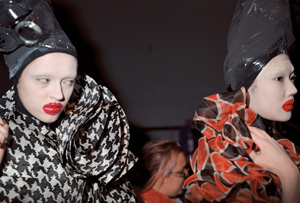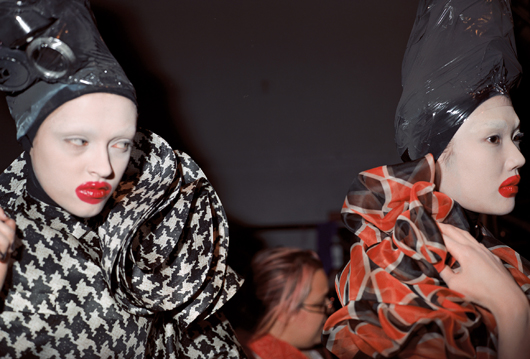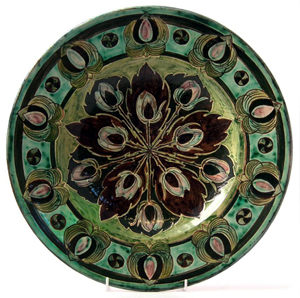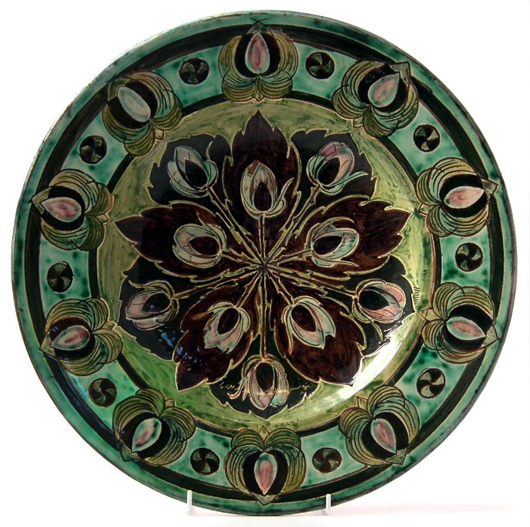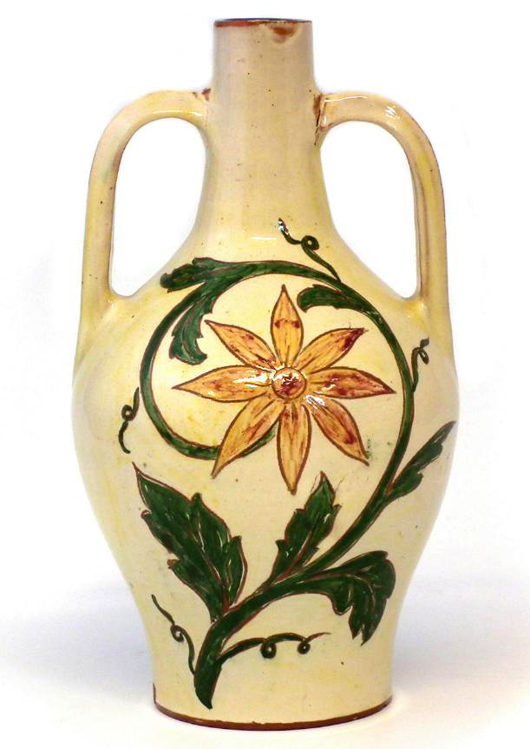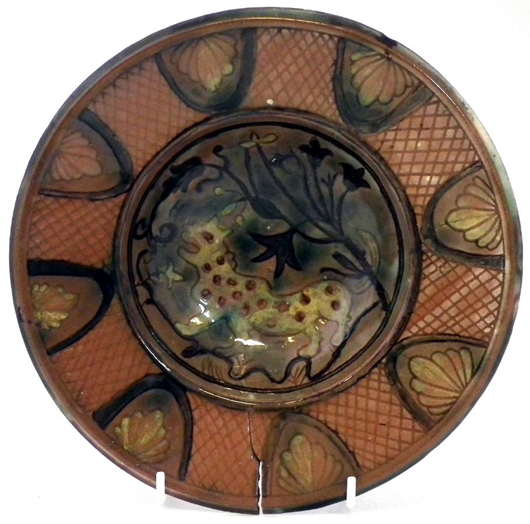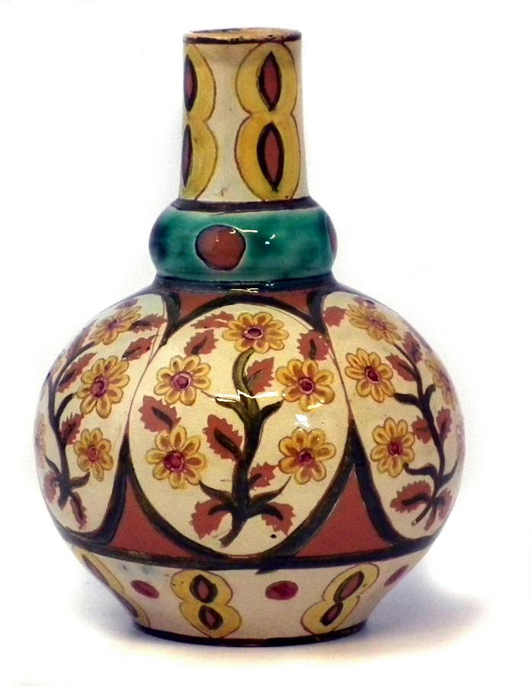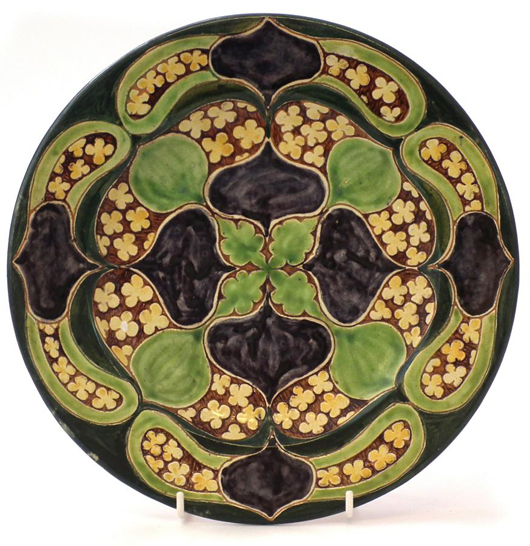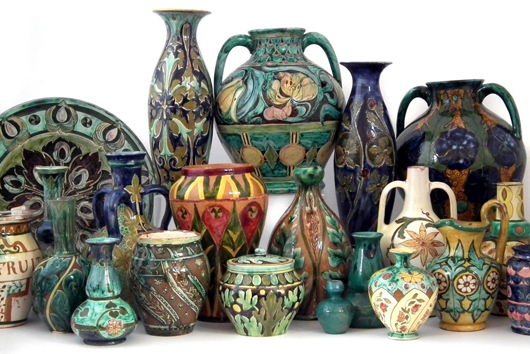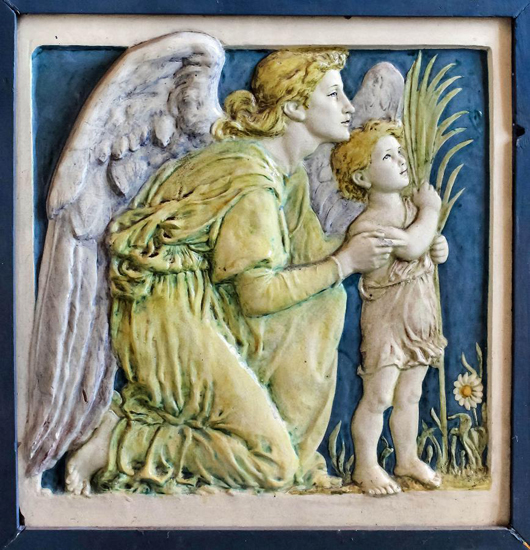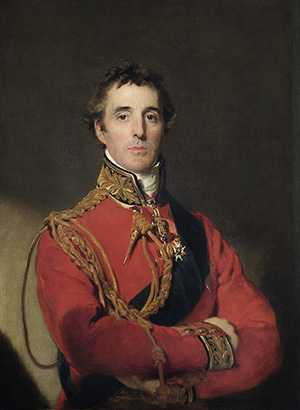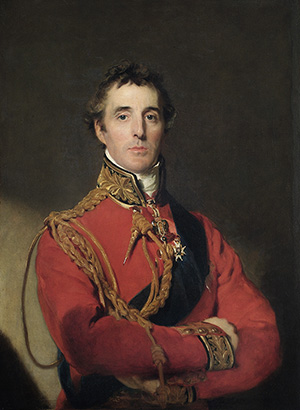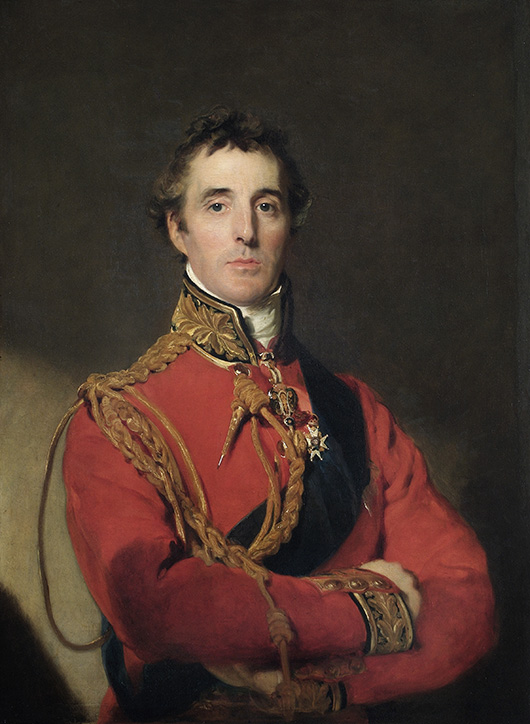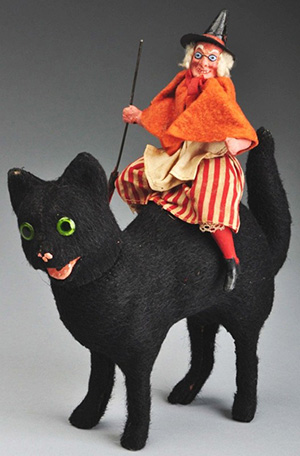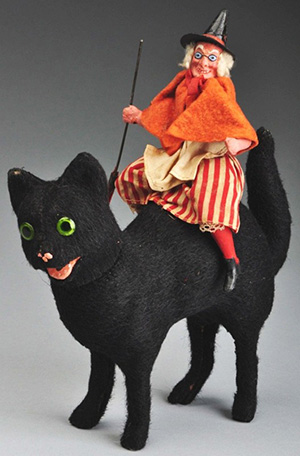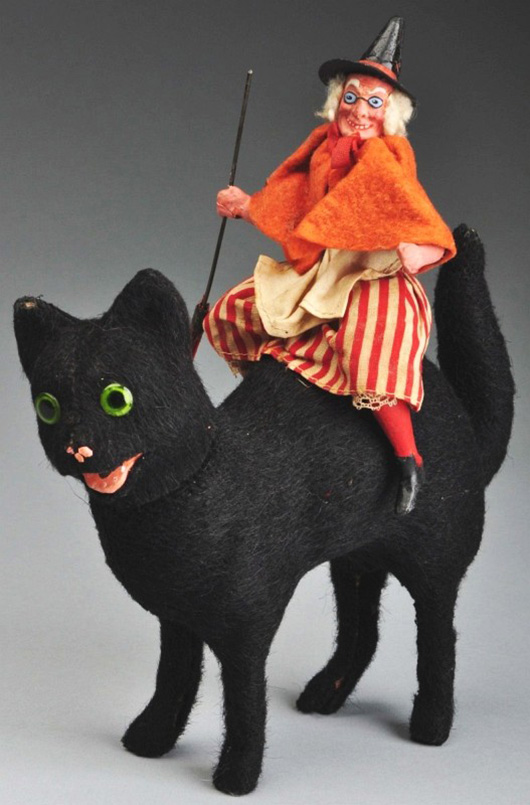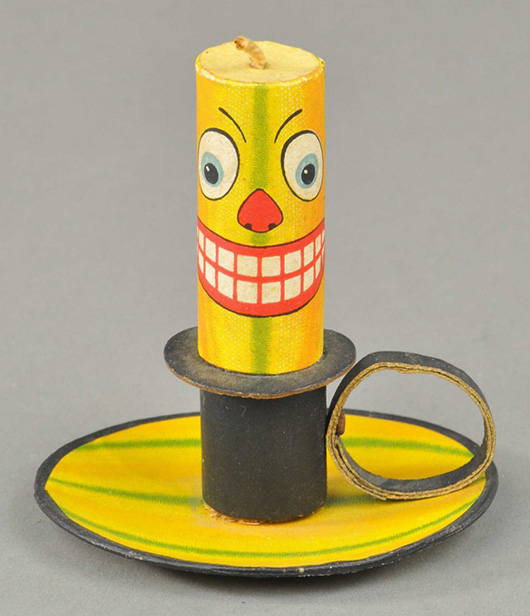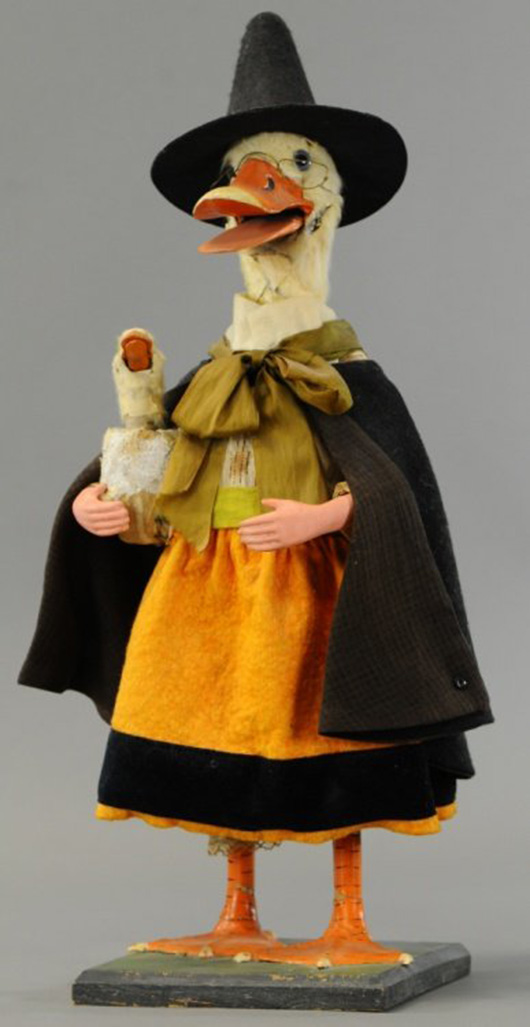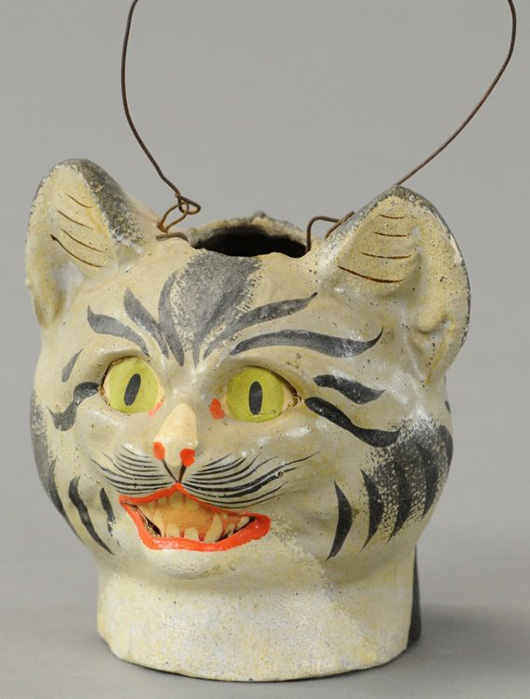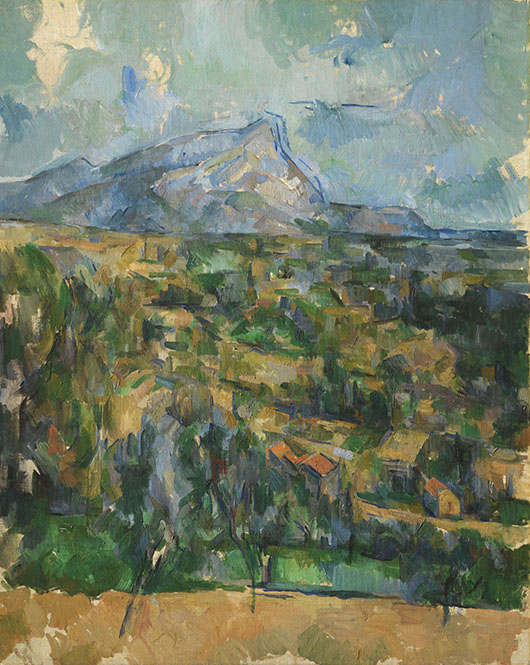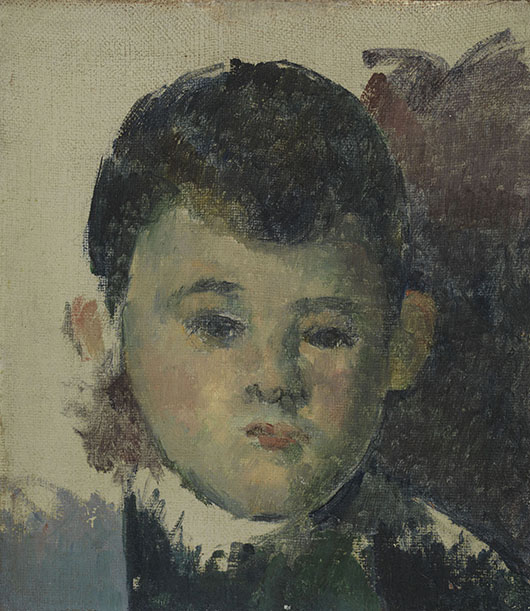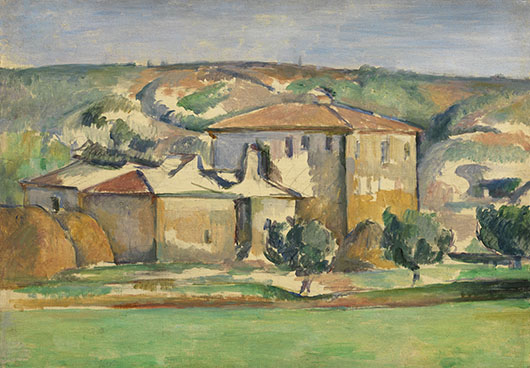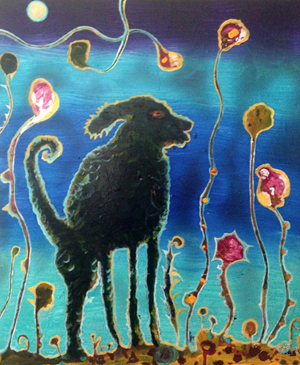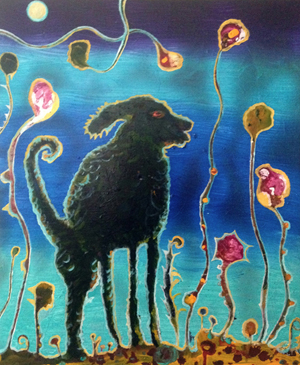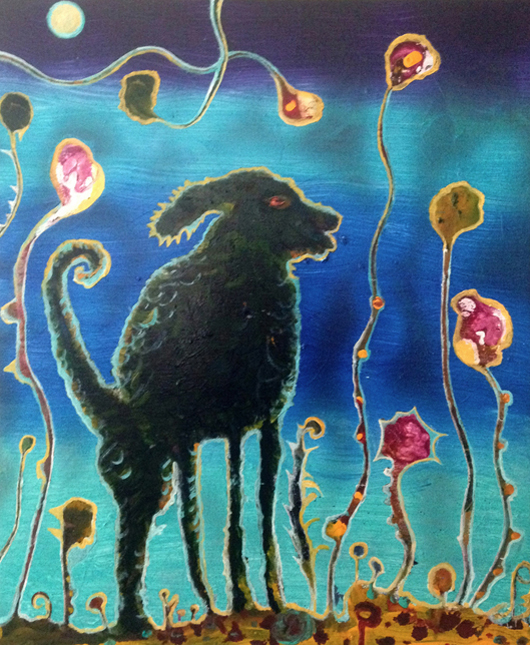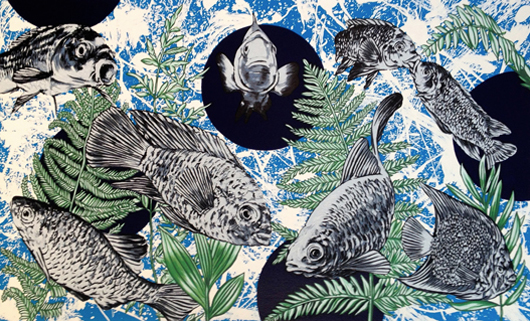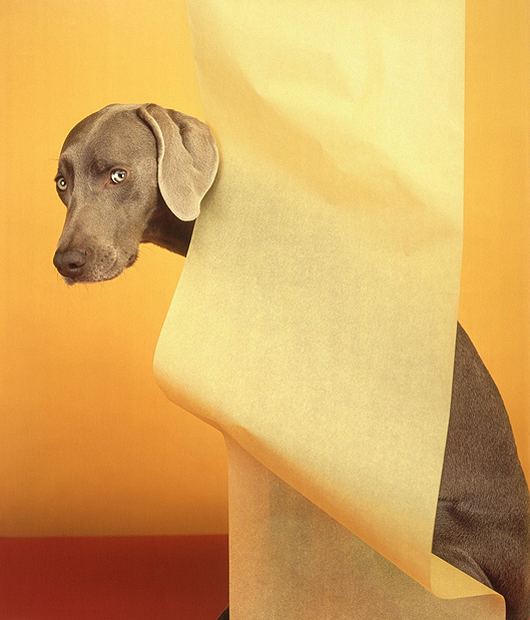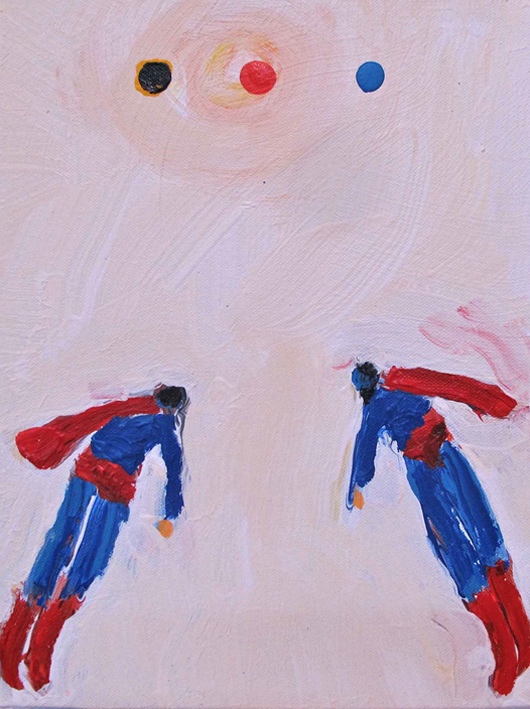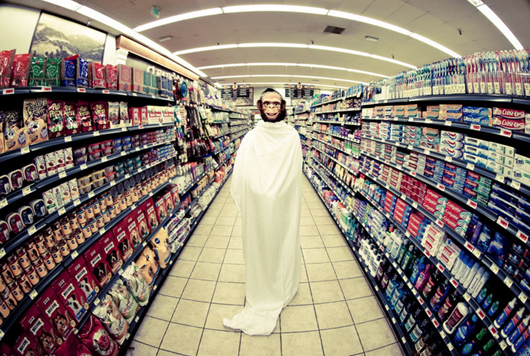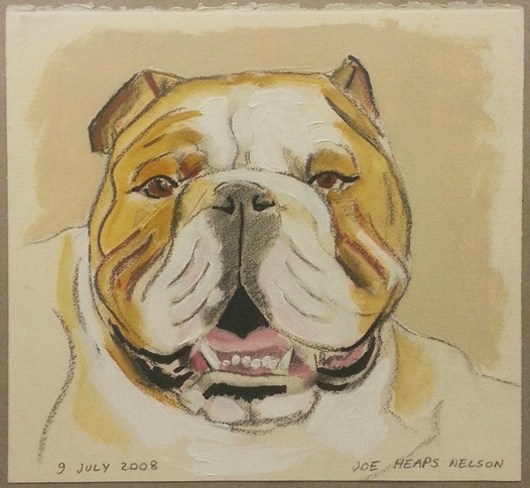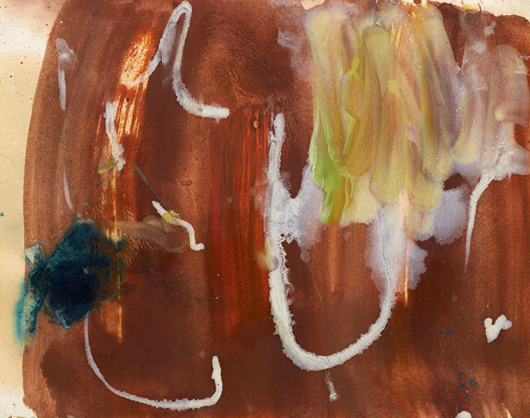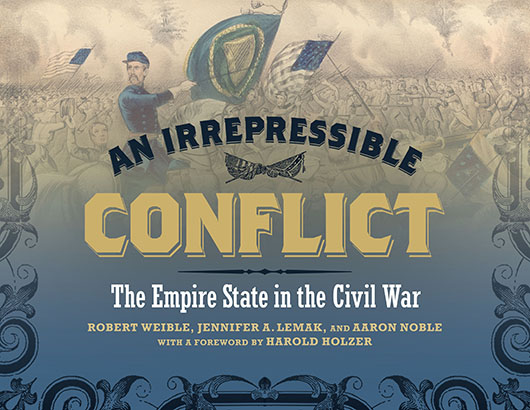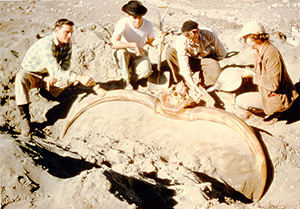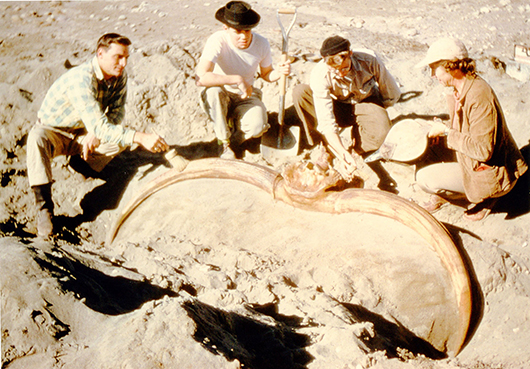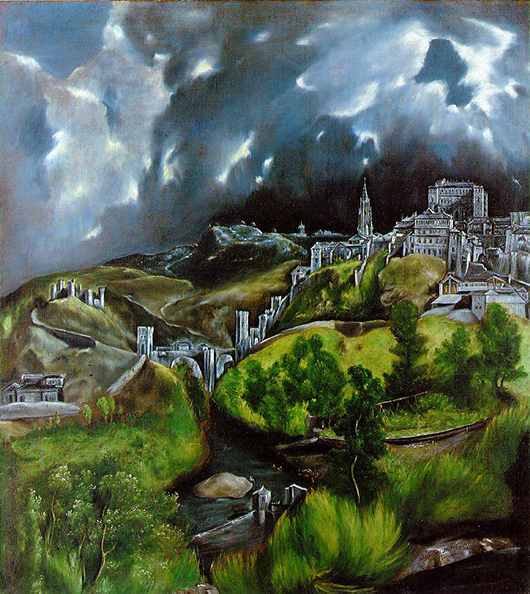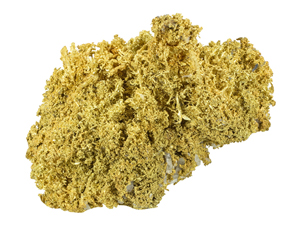
Gold specimen, Belshazzar Mine, Boise County, Idaho; 24.56 oz total weight / 19.35 oz pure gold content, ex Farnham collection. Est. $80,000-$110,000. Morphy Auctions image DENVER, Pa. – Geological treasures of every imaginable color and origin will take the spotlight on Saturday, November 8th as Morphy’s presents an eye-filling 116-lot auction of rare minerals. Bidders will be able to participate online through LiveAuctioneers.
The anticipated top lot of the sale is Lot 10, a spectacular 257-gram Tanzanite crystal. Found in the Merelani Hills region near Arusha, Umba Valley, Tanzania, the intense blue-purple specimen is a true rarity with perfect proportions culminating in a sharp, chiseled determination. Previously in a private collection assembled by a gem broker in Arusha, this crystal was sold to an investor a few years ago.
“Tanzanite crystals only come from one place in the world, a mine complex that is already past the 1.5-kilometer depth mark,” said Morphy Auctions president, Dan Morphy. “The mine is still going, but there’s a limit, and access to Tanzanite crystals like the one in our sale will eventually end.” Measuring 10.9 by 4.7 by 3.5cm, the crystal is estimated at $100,000-$125,000.
Another geological beauty that’s expected to land in the money is Lot 102, an important, 100-percent natural gold specimen from Boise County, Idaho. It was found with a metal detector in 2008 at the old dumps of Belshazzar Mine. “Crystallized gold from this locality was barely known until this find,” Morphy noted. After this particular specimen’s discovery, the Belshazzar Mine area became known as one of the top US locales for gold in crystal form. The piece has been assayed by specific gravity at 19.35 ounces of pure gold content out of 24.56 ounces of total weight, including the matrix rock. Of investment grade and measuring 10.8 by 7.7 by 6.7cm, it is expected to sell for $80,000-$110,000.
Lot 9, a large, chrome-green emerald sourced at the Muzo Mine in Colombia, exhibits a radiant, intense color and is described in Morphy’s catalog as “translucent and brilliantly sparkling…great cabochon material for the jewelry trade.” Most emeralds of its size and weight (crystal: 3 by 2.7 by 2cm; overall 6.8 by 6.1 by 4.3cm, 174 grams) would have been cut, but this particular gem was saved and became part of the Dr. Marvin Rausch collection. Its estimate is $30,000-$40,000.
From the Shigar Valley of Gilgit, Pakistan, comes Lot 101, a fine-quality aquamarine with an intensity, clarity, brilliance and transparency that puts it among the top percentile of specimens ever found at that locale. “This is truly a special piece. It’s so sharp and clean that, at first glance, it looks faceted rather than natural,” Morphy said. Weighing 98 grams and presented on a custom display base, it is entered in the sale with a $25,000-$30,000 estimate.
One of the finest gems in the sale is Lot 44, an amethyst found in Las Vigas de Ramirez, Veracruz, Mexico. A major specimen for that locality, it weighs 1,890 grams and features glassy, intensely colored purple crystals up to 4.5cm in length. Undoubtedly older and with provenance from the Schertz collection assembled in the 1980s-1990s, the 17 by 15.7 by 14.5cm amethyst is estimated at $20,000-$25,000.
Other highlights include Lot 98, a massive 25-lb quartz crystal from Diamantina, Minas Gerais, Brazil, ex Schertz collection and estimated at $12,000-$15,000; and Lot 3, a 106-gram tourmaline, ex Bill Larson collection and Farnham collection, sourced at the Himalaya Mine, Mesa Grande, California, and estimated at $6,000-$9,000.
Morphy’s Saturday, Nov. 8, 2014 Mineral Auction will commence at 9 a.m. Eastern time. For additional information on any item in the sale, call 717-335-3435 or email info@morphyauctions.com.
View the fully illustrated catalog and sign up to bid absentee or live via the Internet at www.LiveAuctioneers.com.
# # #
ADDITIONAL LOTS OF NOTE

Gold specimen, Belshazzar Mine, Boise County, Idaho; 24.56 oz total weight / 19.35 oz pure gold content, ex Farnham collection. Est. $80,000-$110,000. Morphy Auctions image 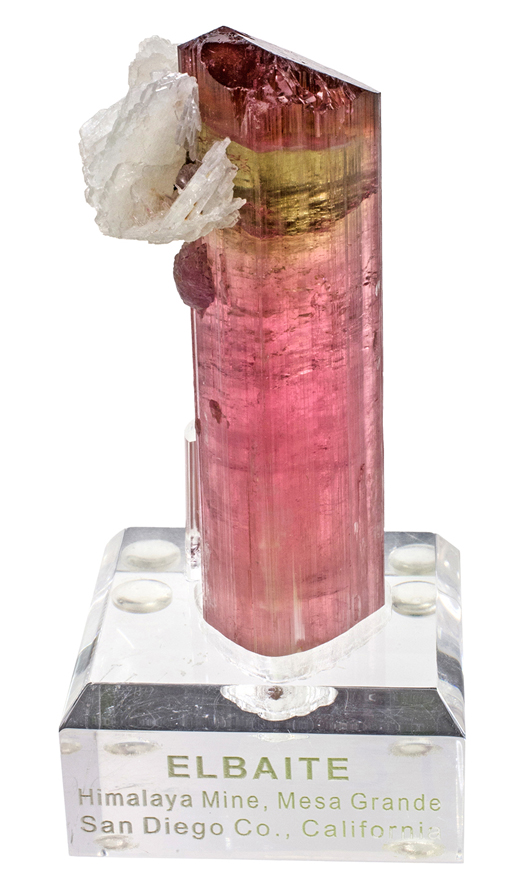
Tourmaline, Himalaya Mine, Mesa Grande, California; 106 grams, ex Larson and Farnham collections. Est. $6,000-$9,000. Morphy Auctions image 
Emerald, Muzo Mine, Boyaca Dept, Colombia; 174 grams, ex Dr. Marvin Rausch collection. Est. $30,000-$40,000. Morphy Auctions image 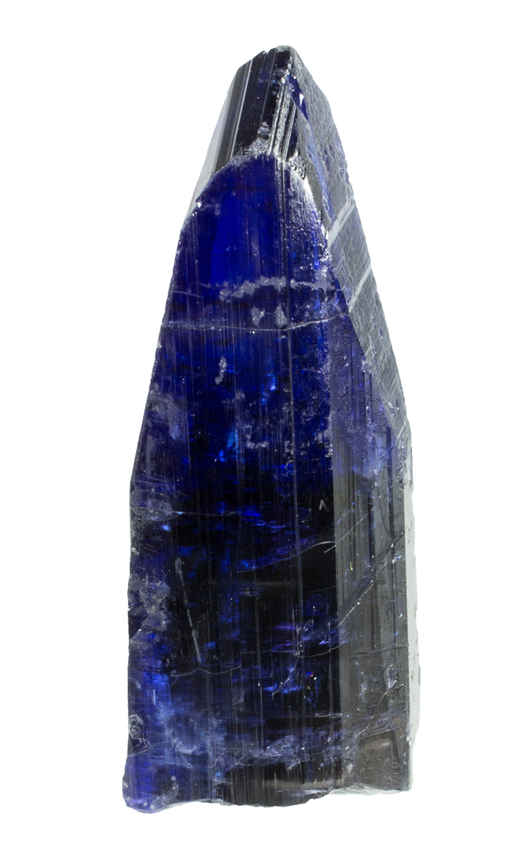
Tanzanite crystal, Merelani Hills near Arusha, Umba Valley, Tanzania; 257 grams, from a private collection. Est. $100,000-$125,000. Morphy Auctions image 
Matrix Tanzanite, Merelani Hills near Arusha, Umba Valley, Tanzania. Est. $50,000-$60,000. 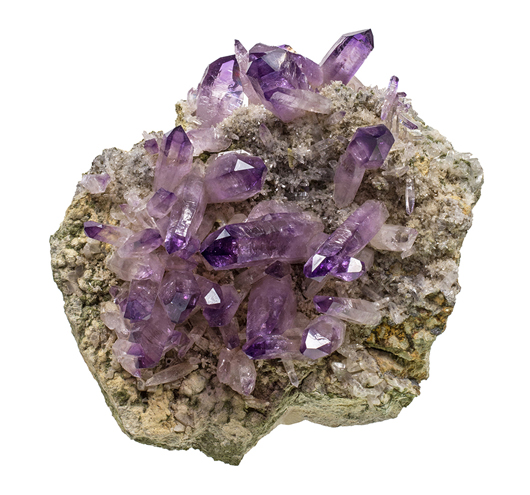
Amethyst, Las Vigas de Ramirez, Veracruz, Mexico; 1,890 grams, ex Schertz collection. Est. $20,000-$25,000. Morphy Auctions image 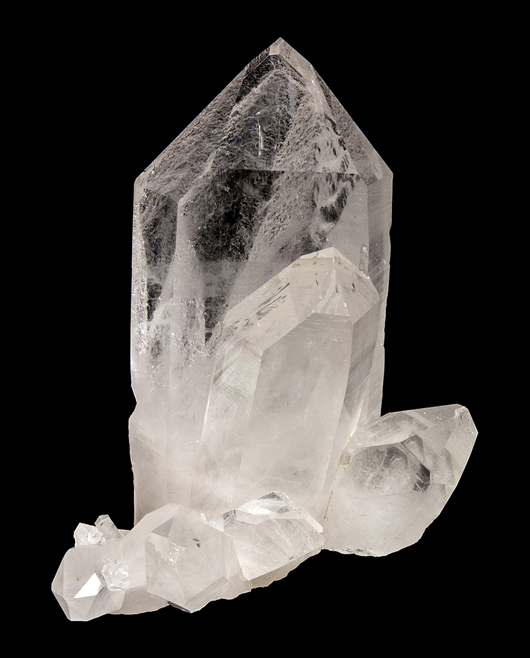
Quartz crystal, Diamantina, Minas Gerais, Brazil; 25 lbs. Est. $12,000-$15,000. Morphy Auctions image 
Aquamarine, Shigar Valley, Gilgit, Pakistan; 98 grams, ex Schertz collection. Est. $25,000-$30,000. Morphy Auctions image


